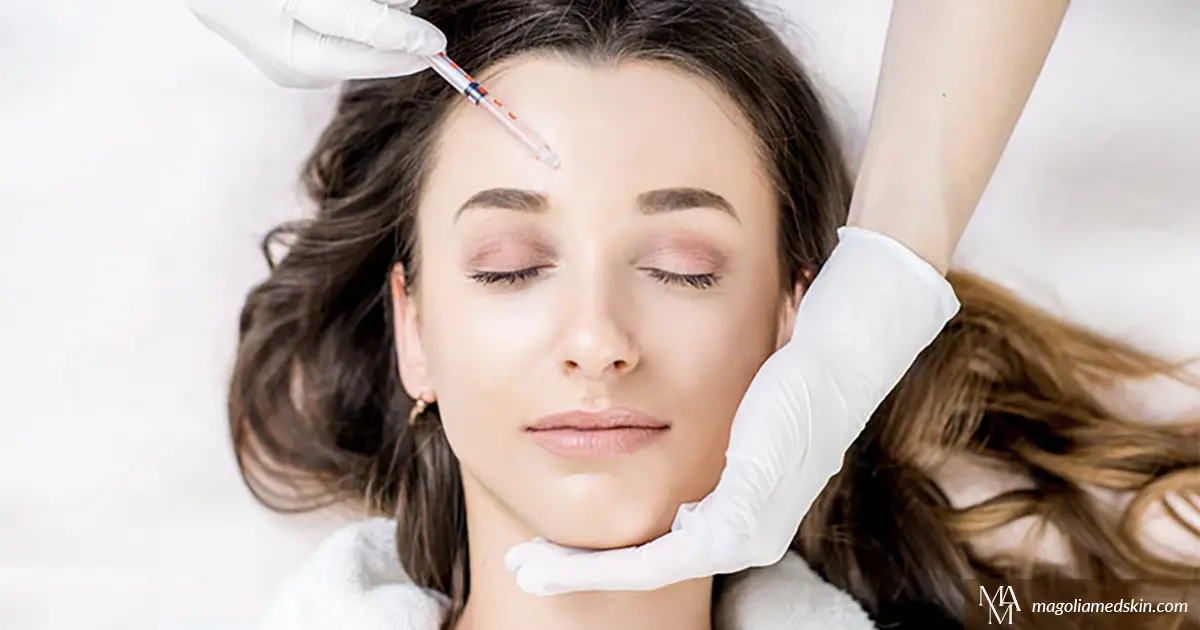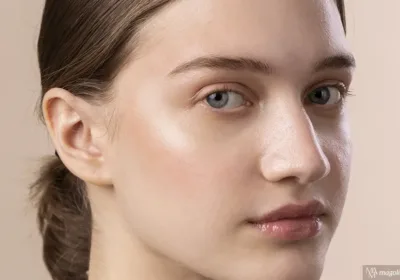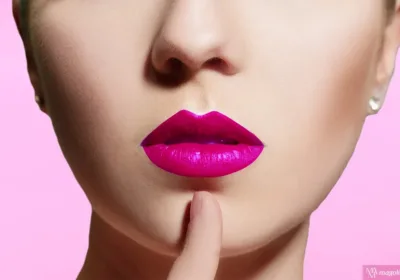What Is The Difference Between Botox and Dysport?

Botox and dysport are two popular options for reducing the appearance of wrinkles and fine lines. Both are neurotoxins, but there are key differences between botox and dysport. Understanding these differences can help you make an informed decision about which treatment is right for you.
In this article, we will explore the differences between botox and dysport, including how they work, their definitions, and their effectiveness.
Understanding Botox and Dysport
Botox. Also known as onabotulinumtoxinA, botox is an injectable drug made from the bacteria Clostridium botulinum. It is primarily used to treat dynamic wrinkles, which are caused by repeated muscle contractions. Botox works by blocking signals from the nerves to the muscles, preventing them from contracting and causing wrinkles. Patients for both toxins must be at least 18 years old.
Dysport. An abobotulinumtoxinA, dysport is also an injectable toxin derived from Clostridium botulinum. Like Botox, it is used to treat dynamic wrinkles. Dysport works by blocking the release of a chemical called acetylcholine, which triggers muscle contractions.
Similar to botox, dysport is commonly used in cosmetic procedures to reduce the appearance of facial wrinkles. It is particularly effective in treating the vertical lines that form between the eyebrows.
Key Differences Between Botox and Dysport
When it comes to reducing the appearance of wrinkles and fine lines, both botox and dysport have proven to be highly effective. However, the duration of results from these treatments can vary from person to person.
Duration Of Results From Botox
Botox injections are well-known for their ability to smooth out wrinkles and give the face a more youthful appearance. The effects of Botox typically last between three to six months. Of course, this depends on various factors such as the individual’s metabolism, lifestyle, and the specific area being treated.
It is important to note that while botox can provide noticeable results for several months, the effects are not permanent. To maintain optimal results, touch-up treatments are recommended every three to four months. This ensures that the muscles responsible for causing wrinkles remain relaxed, allowing the skin to appear smoother and more rejuvenated.
Furthermore, the longevity of Botox results can also be influenced by factors such as the dosage administered and the skill of the injector. Experienced practitioners who understand the nuances of facial anatomy and the appropriate dosage for each patient can help maximize the duration of botox’s effects.
Duration Of Results From Dysport
On average, most people experience the benefits of dysport for up to four months. This duration can vary depending on individual factors such as metabolism, muscle strength, and the area being treated. Like Botox, repeat treatments are necessary to maintain the desired outcome and ensure long-lasting results.
It is worth mentioning that dysport may have a faster onset of action compared to botox, with some individuals noticing improvements within a few days after treatment. However, the full effects of dysport may take up to two weeks to fully manifest.
Request an Appointment at Magnolia Medical & Aesthetics
Book online or call (210) 600-3335 to learn more about Botox and Dysport injections.



